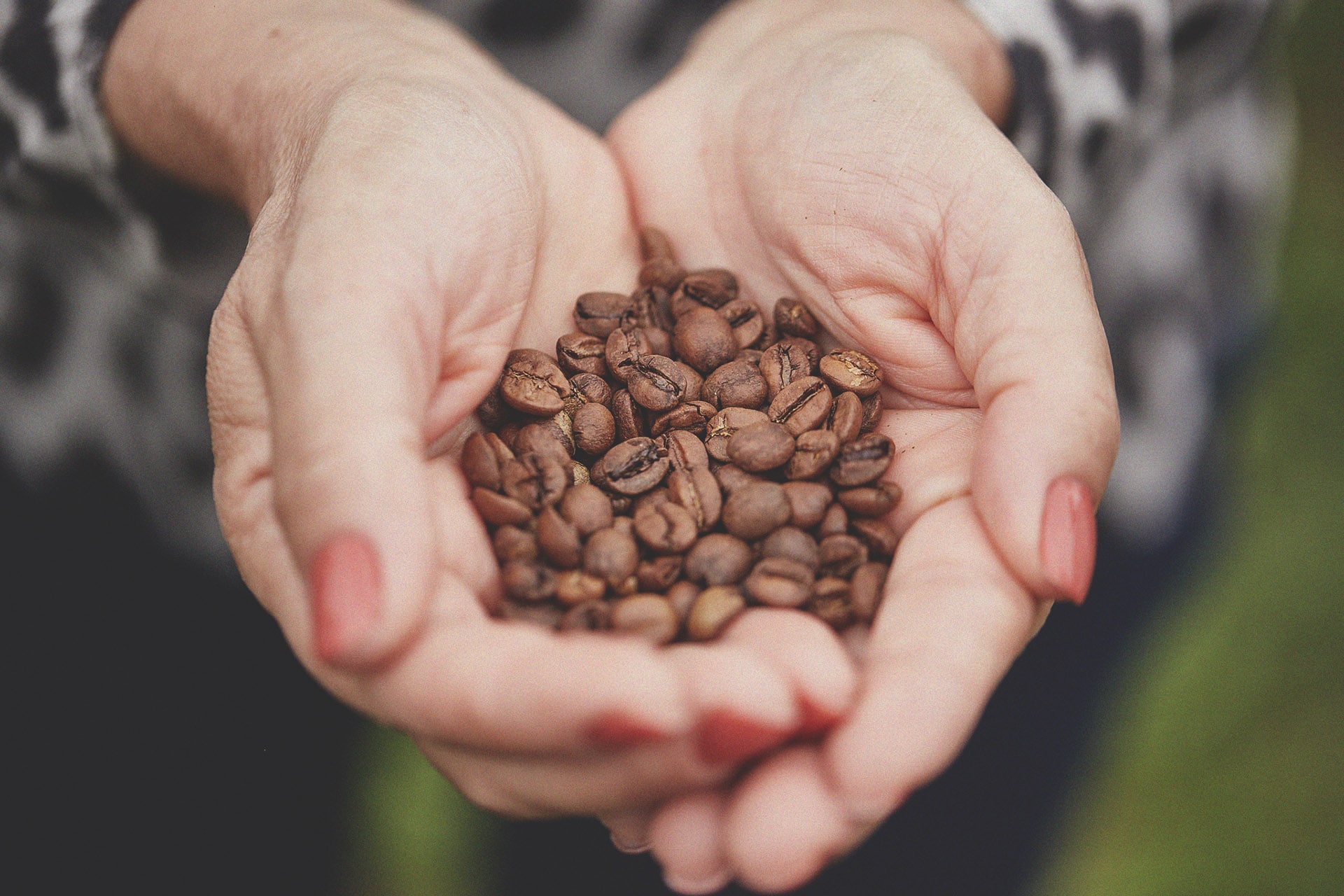Welcome to the warm, inviting world of specialty coffee, a place where each sip tells a story. If you’ve ever wondered what “specialty coffee” really means (beyond simply “good coffee”), this article is for you. We’ll gently explore the history, the process, and most importantly, what makes it special.
Imagine a morning where your coffee isn’t just “the usual”, but a small discovery from a high-altitude farm far away, grown with care, and roasted just right to highlight its unique character. That’s the charm of specialty coffee. It’s more than routine, it’s an invitation. An invitation to explore flavour, place, people, and passion. In a world of mass production, specialty coffee stands out by focusing on quality, traceability and storytelling. By diving into this, you’re not just drinking coffee; you’re discovering a journey from bean to cup.
A Brief History of Specialty Coffee
The term “specialty coffee” first surfaced in the late 1970s during an international coffee conference in France, when producer Erna Knutsen described certain coffees from special micro-climates with unique sensory profiles. Later, organisations like the Specialty Coffee Association of America (SCAA) formalised definitions, scoring systems and promoted awareness of these higher-quality coffees. Over time, the focus shifted from simply “coffee as commodity” to “coffee as experience”, paving the way for the third wave of coffee culture, where origin, processing, roasting and brewing all become meaningful.
What Exactly Makes Coffee “Specialty”?
The Scoring: Quality in the cup
A key benchmark: for a coffee to be considered a “specialty coffee”, it generally needs to score 80 points or more (out of 100) on the SCAA-type evaluation scale andcontain no defects that compromise its cup quality. In simpler terms: when you taste it, you should sense clarity, nuance, sweetness, vibrant aroma and an overall “wow, this is good” feeling.
The Factors Behind the Score
Why Specialty Coffee Matters
How to Explore Specialty Coffee Yourself
Wrapping Up & What’s Next
Specialty coffee is more than a label. It’s a mindset of curiosity, quality and care. From high-altitude farms to careful post-harvest processing to a skilled roast and thoughtful brew, it’s a journey.
We invite you to explore more of our articles on coffeeand follow us on social media for behind-the-scenes of our roastery, new coffee releases, and community conversations. And if you’re ready, try one of our specialty-roasted bags and taste the difference for yourself:let your next cup tell a story!
References
Alves, H.M.R., Vieira, T.G.C., Volpato, M.M.L., Lacerda, M.P.C., Borém, F.M. (2016). Geotechnologies for the Characterization of Specialty Coffee Environments of Mantiqueira de Minas in Brazil. isprs-archives.copernicus.org+1
“O que torna um café especial?” (RehAgro Blog).https://rehagro.com.br/blog/o-que-torna-um-cafe-especial/





